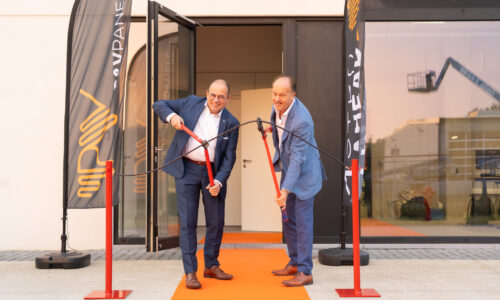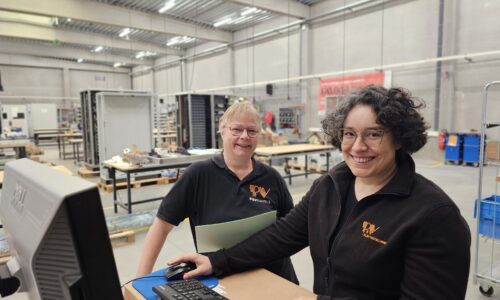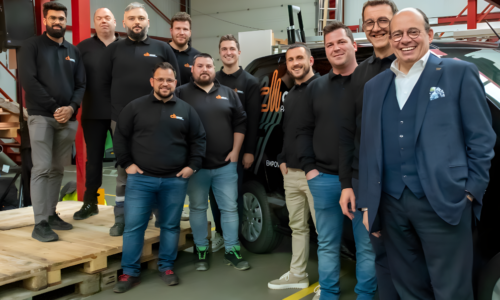Do you have a question?
If it is about control panels, we have the answer.
The latest addition to our services: busbar
We are expanding our services to include busbar connections, also known as bus duct or busway connections. These systems allow us to take care of the entire connection between the electrical panel and transformer. That way, you end up with a single partner who takes care of everything, which makes everything run more quickly and efficiently and leaves fewer grey areas. Our Service Manager Bart Van Herck provides more detail below.
A busbar, bus duct or busway is the copper connector between the electrical panels and the transformer, or between the panels themselves. “In the past, we would install the panel and the bus duct head, which is the starting point for the rest of the bus duct system. And that’s where we would stop,” Bart explains. “This meant that we had little or no influence over the rest of the connection process after that point, so if something didn’t quite go as planned, it was difficult for the client to establish which one of their partners was responsible for solving the issue.”
One-stop shop
These types of unforeseen circumstances are part and parcel of construction and renovation projects. “Change is unavoidable in construction: the initial design and plans are often adapted as work is taking place. For the installation of an electrical system with busbar connections, this presents an additional challenge, as copper connections require extreme precision. The smallest change on the building site would mean we would have to measure and calculate everything all over again, and rebuild certain copper connectors from scratch. Often, this would lead to construction delays of at least four weeks.”
“Our new working method offers a solution for unforeseen circumstances like these. If any changes occur, we use our professional equipment to amend the copper connections on site, so that we can get back to work relatively easily and above all, much more quickly. It allows us to avoid delays without compromising on quality,” according to Bart. “Our clients now get to deal with a single partner who takes care of everything, which completely eliminates any grey areas.”
How does it work?
First of all, we measure up the entire construction on site. Next, we start preparing the technical aspect, and once that step is complete, our designers get to work. Based on their 3D designs, we start manufacturing all parts to order. The result is something like a flat-pack assembly system, which we then assemble on site. As a final step, we carry out any final adjustments to make sure everything fits perfectly with millimetre precision.”
Why busbar?
Busbar is an alternative to traditional cables, but for longer distances, higher currents and more demanding environments in which cables are more susceptible to wear and tear, a copper bar connection is better. “For currents over 1,600 A, busbar is actually what we offer as standard. This type of connection is our preferred option for most projects, as busbar constructions are always type-tested and guarantee constant conductivity.”


